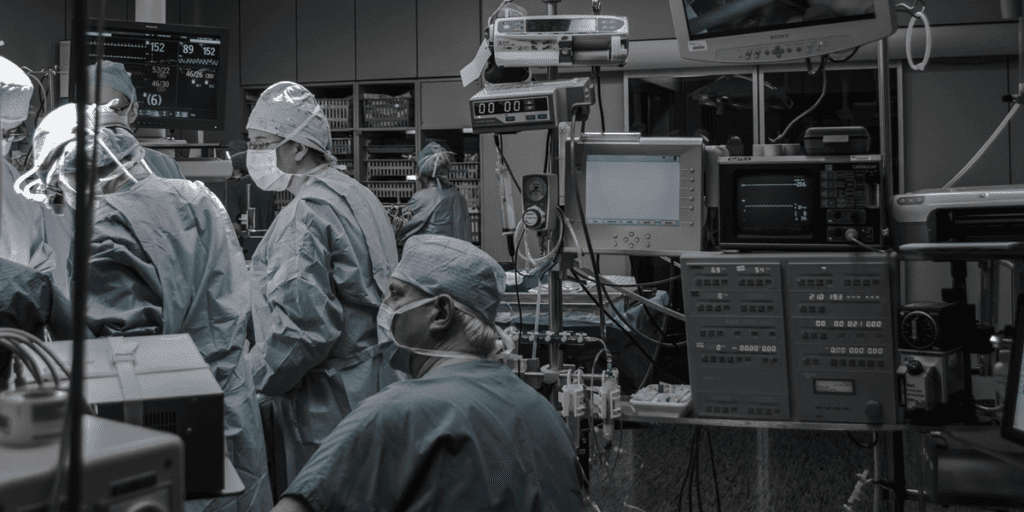The arrival of the European Union’s new Medical Device Regulation on 26 May 2020 may seem a dry, impenetrable topic, but it has profound implications for device-led businesses as well as opportunities for the healthcare sector to show leadership. Effective communication strategy is a must.

When is a medical device not a medical device? Or more accurately, when does a consumer product become a medical device, subject to a much tighter set of controls around labelling, supply and safety tracking? These questions are at the heart of the most significant shake-up of rules and regulations affecting the medical devices sector in Europe for decades—a set of measures designed to improve confidence and set new, consistent standards in quality and safety.
This isn’t needless red tape. The European Medical Device Regulation (MDR), set to come into force on 26 May this year, is the culmination of three years’ work by the European Commission and Parliament to update the way in which devices are developed, managed and followed within the European Economic Area. It replaces the severely outmoded Medical Device Directive (MDD) which came into EU law back in 1992—a time when medical software was in its infancy, the market penetration of innovative medical devices was lower, and the population of the EU generally younger. MDR is a response to these seismic societal changes, as well as issues and crises which have given the EU pause to rethink its regulatory oversight—most notably the PIP breast implant scandal, widely regarded as one of the most significant patient safety failures in modern history.
Crucially, the 174-page document that makes up the MDR is broadening the scope of what constitutes a medical device, and now takes into account a wide range of products which will require a CE mark, including cleaning and sterilization products, family planning devices, contact lenses, facial fillings, hair or tattoo removal products, and, of course, products designed to be surgically implanted for cosmetic or aesthetic reasons.
There’s also a new requirement for unique device identification (UDI) designed to significantly improve the traceability and tracking of products throughout the continent—carrying with it all of the software updates and distributor process changes that implies.
While a grace period following the formal adoption of MDR will give companies a chance to change processes towards full compliance, there is much that communications can do to drive readiness for these changes. Here are three areas to consider:
- Establish a baseline MDR understanding: MDR will impact most areas of any consumer or speciality business that operates in Europe and should not be considered the “problem of the regulatory affairs team.” Interactive visual guides to the basics of MDR, infographic content and introductory WebEx sessions can all help establish a baseline common understanding of the key changes taking place.
- Promote training on process changes: Most multi-national device business should now be in full–on training mode, particularly considering the needed software and process changes which will be needed to remain compliant with MDR. Internal PR can incentivise participation and reward it—key is telling the story around why this is more important than you may have previously considered.
- Show Leadership and Talk about the Benefits: Despite its off-putting layers of detail, MDR is a significant opportunity for the industry to commit to ongoing improvements in patient and public safety, by adopting a heightened and consistently applied approach to processes and management of products once they reach the market. This opens numerous thought leadership opportunities to tell the business’ story of how it is supporting, and acting on, these changes.
There is little doubt that MDR will impact most, if not all, corners of international businesses operating in the devices sector. Companies encouraging a common sense of understanding, ownership and, perhaps most importantly, the reasons for this major regulatory upgrade are those who will gain the most and make the transition most effectively.



